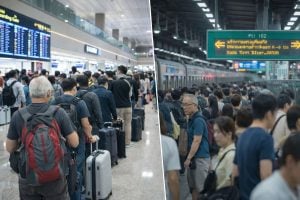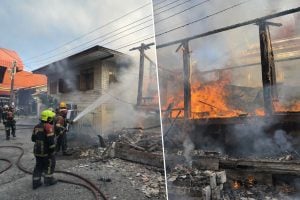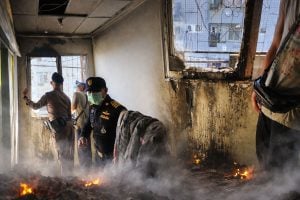US ramps up presence in South China Sea along with coronavirus rhetoric
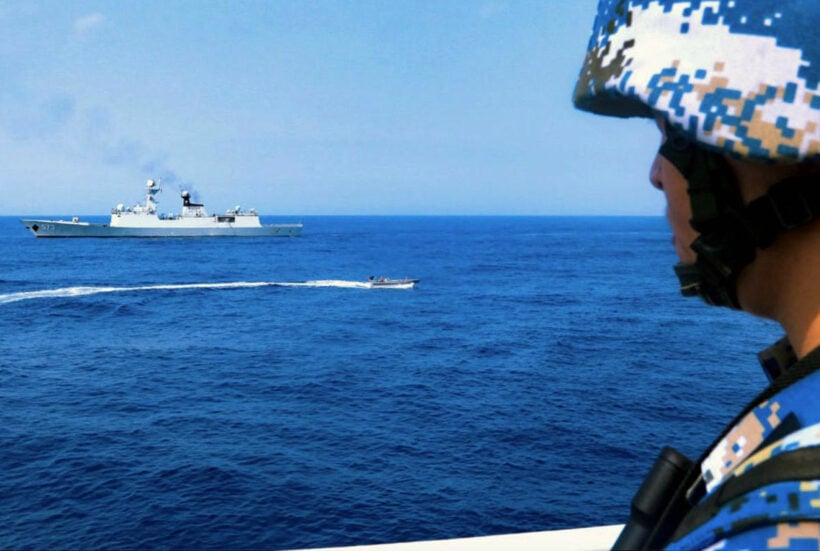
Over recent weeks US Navy ships and Air Force bombers have undertaken high profile missions aimed at telegraphic a clear message to China that the US military intends to maintain a presence in the region. The US is ramping up military pressure on China and tensions in the South China Sea. It’s accusing Beijing of leveraging the Covid-19 pandemic to extend its sphere of influence around the region.
The US Navy Pacific Fleet has also taken the unusual step of announcing that all of its submarines in the region were at sea conducting operations “in support of a free and open Indo-Pacific region amidst the pandemic caused by the coronavirus.”
But the US-China tensions around the South China Sea, which extends from southern China, Vietnam’s east and southern coast, the Philippines and Malaysia, didn’t just start with the coronavirus. Tensions have been building for many years.
The military mobilisation comes as the US increases pressure diplomatically with US President Donald Trump and his Secretary of State Mike Pompeo continuing their public rhetoric blaming Beijing for failing to stem the virus’s spread and not being transparent during the early stages of the outbreak. The Pentagon is now going further accusing China of exploiting the pandemic to gain military and economic advantages by expanding its influence over the South China Sea.
The US Navy Capt. Michael Kafka, a spokesperson for the US military’s Indo-Pacific Command, has repeated the White House narrative.
“The People’s Republic of China is attempting to use the regional focus on Covid to assertively advance its own interests.”
US Gen. Timothy Ray, commander of the Air Force Global Strike command, overseeing the bomber force in the area, ratcheted up the sabre-rattling even further.
“We have the capability and capacity to provide long range fires anywhere, anytime and can bring overwhelming firepower, even during the pandemic,”
At the end of April the US Navy again challenged China’s claims to the waters surrounding the Spratly and Paracel islands in the South China Sea, contested islands that the US has long said China is using to house weapons and military facilities.
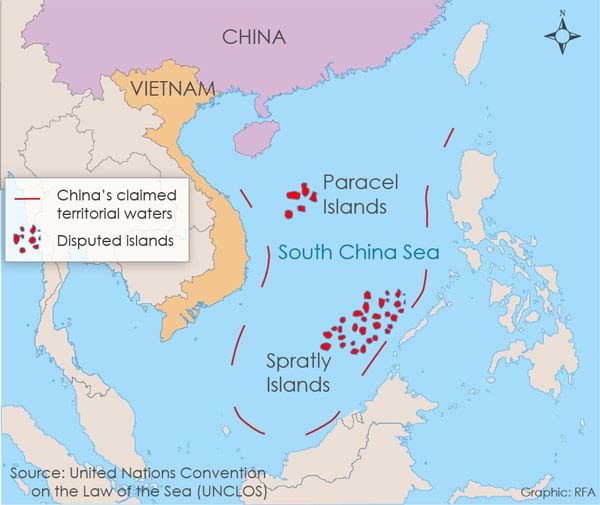
The South China Sea remains a crucial strategic location, home to some of the busiest shipping routes in the world as well as potential natural resource deposits such as oil and gas. There are multiple claimants to many of the islands and territories, including Vietnam, the Philippines, Malaysia, Taiwan. And China.
China has constructed outposts on man-made islands in the disputed area in recent years, installing military facilities and missile storage as part of a bid to exert control over the strategic waterways, according to US officials.
Last Wednesday a US Navy guided-missile destroyer, the USS McCampbell, transited the Taiwan Strait. The US routinely traverses the Taiwan Strait but the Chinese military views the strategic waterway, separating China from Taiwan, as a priority area and often shadows US vessels that sail through the area.
Lt. Anthony Junco, a spokesperson for the US Navy’s Seventh Fleet, says Wednesday’s action was nothing unusual.
“The ship’s transit through the Taiwan Strait demonstrates the US commitment to a free and open Indo-Pacific.”
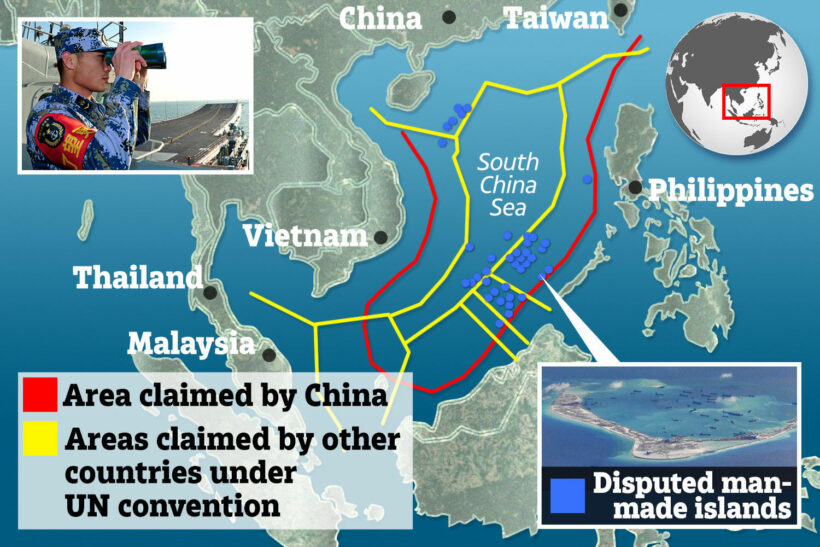
Latest Thailand News
Follow The Thaiger on Google News:







